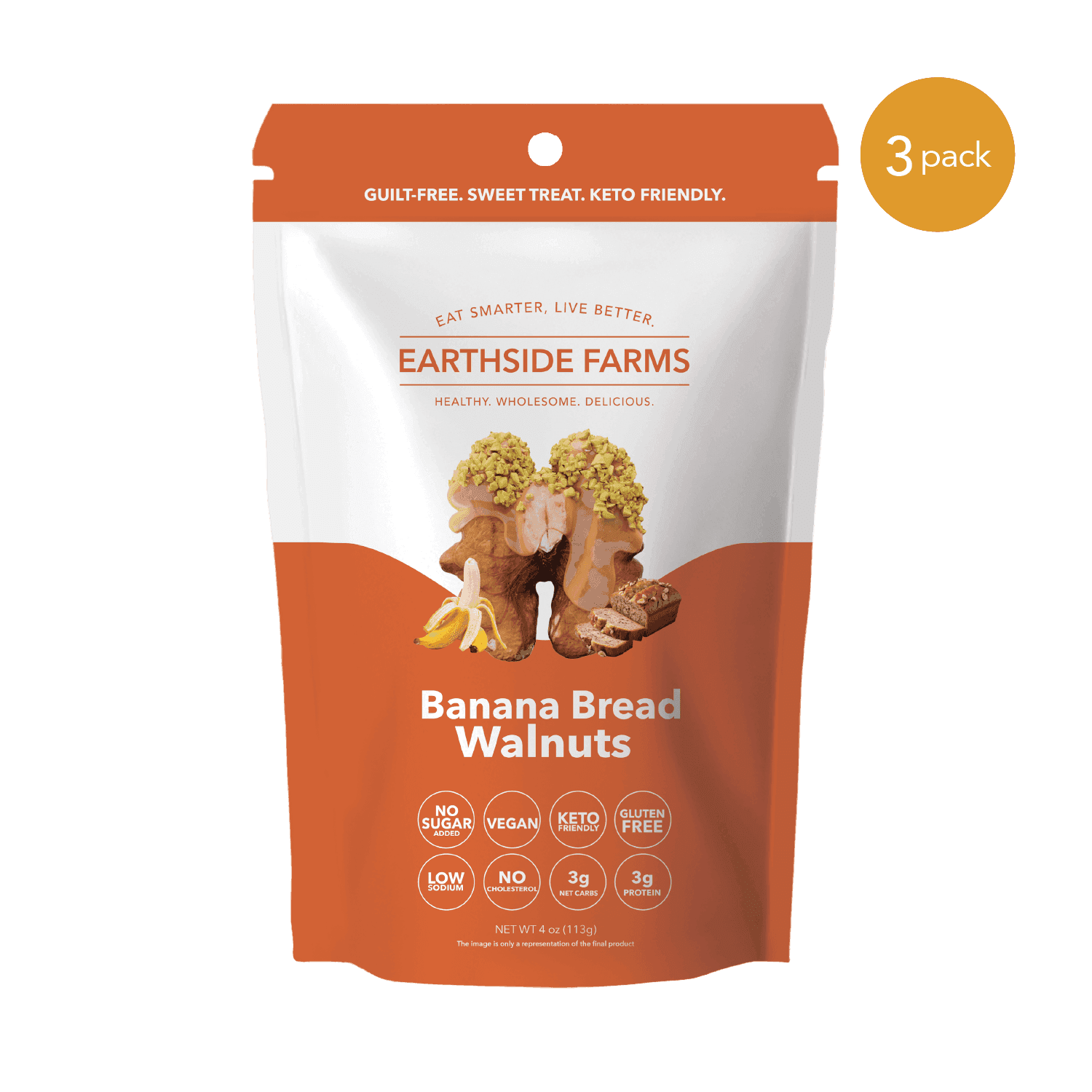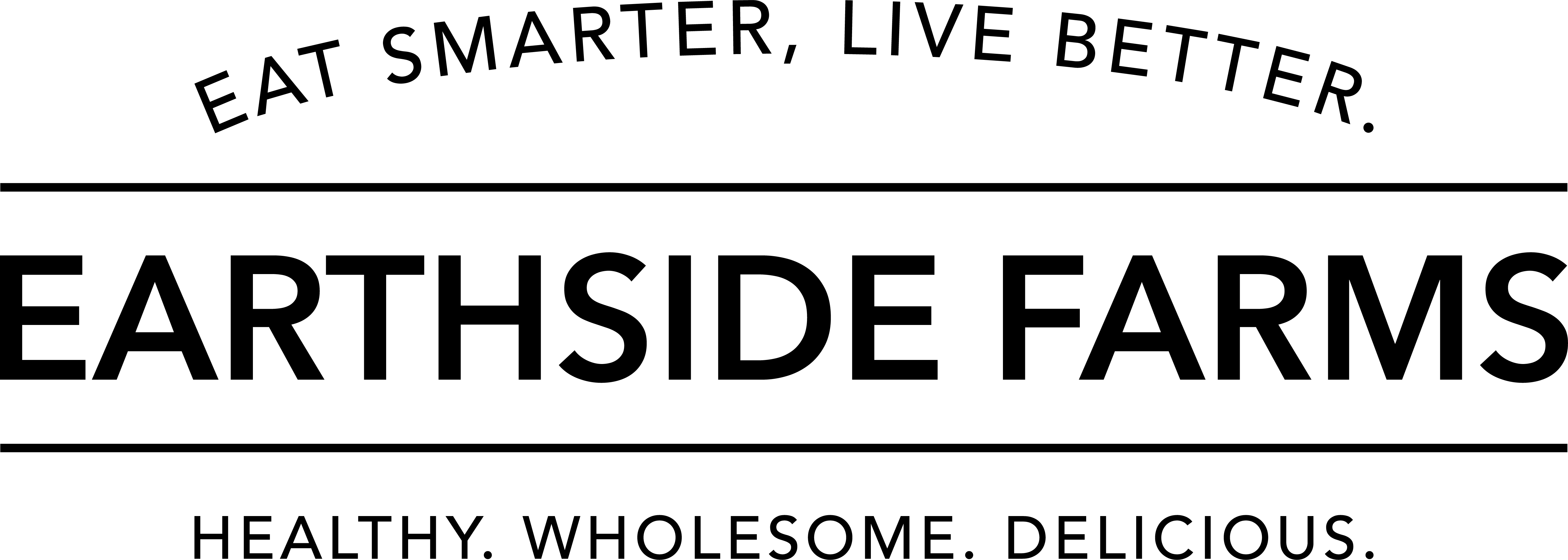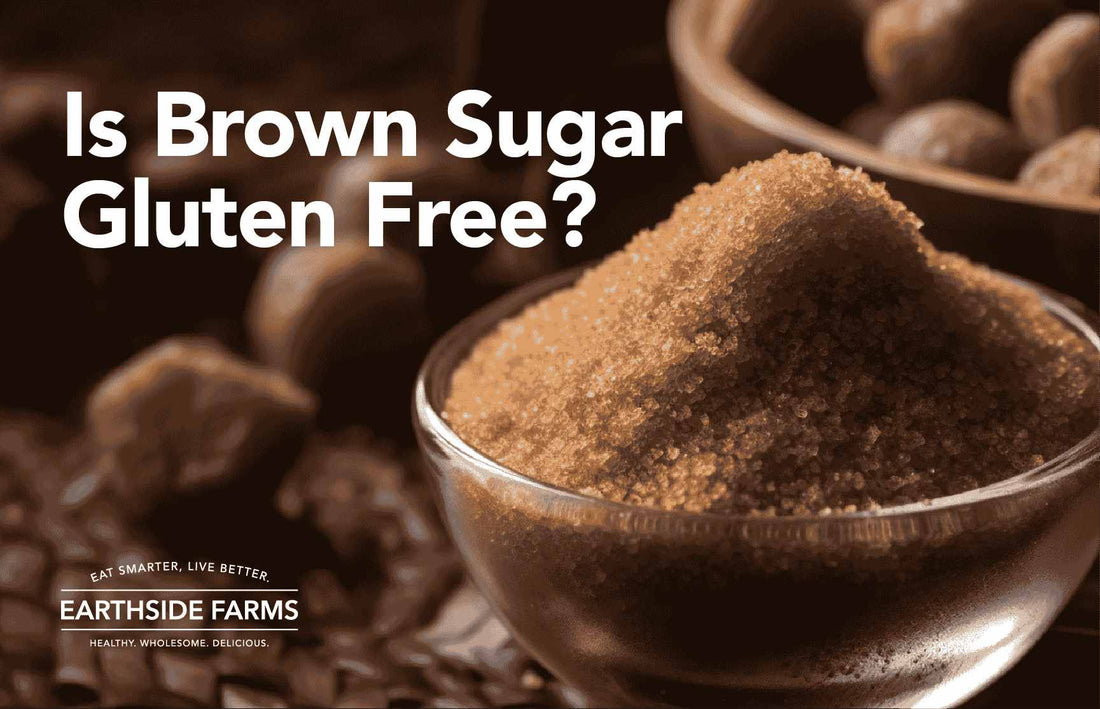Confused about whether brown sugar fits your gluten-free lifestyle?
Well, if you have celiac disease or gluten sensitivity, even the smallest gluten trace can cause serious discomfort.
So, can you safely indulge in brown sugar without worry?
Brown sugar is naturally gluten-free.
However, cross-contamination during manufacturing or packaging can sometimes sneak gluten into your sweet treat.
Let’s break down the facts and debunk myths surrounding this question.
What Is Brown Sugar Made Of?
What gives brown sugar its rich color and flavor?
It’s a simple blend of two gluten-free ingredients:
-
Molasses
-
Granulated sugar
Granulated sugar usually comes from sugar cane or sugar beets — plants that naturally contain no gluten.
Molasses is a thick, dark syrup that is a byproduct of the sugar production process, specifically from sugar cane or sugar beets, is also gluten-free.

This means that the base ingredients of brown sugar are safe for individuals with gluten sensitivity.
But it’s not just what’s in the sugar…it’s how it’s made that matters.
Cross-Contamination Risks with Brown Sugar
Brown sugar can pick up gluten if processed or packaged alongside gluten-containing products.
Studies show that most sugar mills focus solely on sugar production, which lowers contamination risks.

However, one study found that 6.7% of food services had at least one contaminated item, and research revealed that 32% of products labeled “gluten-free” didn’t meet the legal gluten limits.
Sometimes, the same equipment is used for both without thorough cleaning between batches, which can result in cross-contamination.
Something similar happens between vegan and dairy-free products.
The FDA requires rigorous testing and labeling for gluten-free products, giving consumers a safety net.
Still, your best defense is to choose reputable brands and read labels carefully.
Which Sugars and Sweeteners are Not Gluten Free?
Not all sweeteners are as safe as brown sugar for those avoiding gluten.
Some processed sugars and artificial sweeteners may contain gluten additives or be at risk for cross-contamination.
For example, maltodextrin derived from wheat or barley can cause issues.
So, always check ingredient labels carefully.
If a sugar or sweetener lacks a gluten-free certification or clear labeling, it’s best to avoid it, especially if you have celiac disease or severe gluten sensitivity.
When in doubt, stick with natural sweeteners like pure brown sugar, maple syrup, or honey, which are typically gluten-free and safe.
Here's a breakdown:
|
Sweetener Type |
Gluten Risk |
What To Look For? |
|
Processed sugars & sweeteners |
Possible gluten additives or cross-contamination |
As an example, look at: maltodextrin from wheat or barley |
|
Sugars without certification |
Higher risk |
Avoid if no gluten-free certification or clear labeling |
|
Natural sweeteners |
Low/none |
Examples: pure brown sugar, maple syrup, honey — typically gluten-free |
Common Myths about Gluten and Sugar
There’s a lot of confusion around gluten and sugar, leading to some persistent myths that can make gluten-free living harder than it needs to be. Let’s set the record straight.
|
Myth |
Fact |
|
All sugars contain gluten |
Pure sugars like brown sugar and maple syrup are naturally gluten-free. |
|
Brown sugar is unhealthy for gluten-free diets. |
Brown sugar is safe in moderation; risks come from contamination or additives. |
|
If a product doesn’t say “gluten-free,” it contains gluten |
Many naturally gluten-free products aren’t labeled but are still safe. |
|
Gluten-free means sugar-free |
Gluten-free means no gluten, not no sugar; always check sugar content if needed. |
|
Brown sugar always causes gluten reactions |
Reactions are usually from cross-contamination, not the sugar itself. |
Frequently Asked Questions
Here are some FAQs on the topic:
Can you eat brown sugar if you have celiac disease?
Yes. Brown sugar, made from granulated sugar and molasses, is naturally gluten-free. However, cross-contamination is possible, so always check labels for certification as gluten-free.
What brand of brown sugar is gluten-free?
Popular gluten-free brands include Domino, Imperial, Wholesome. These brands often use dedicated facilities to avoid contamination.
What kind of sugar is not gluten-free?
Some processed sugars and sweeteners may contain gluten additives or risk cross-contamination. Maltodextrin, derived from wheat or barley, is one example. Always check labels carefully.
What is surprisingly not gluten-free?
Certain sauces, spice mixes, and processed foods may contain hidden gluten. Some sweeteners and flavorings may also contain gluten unless they are clearly labeled as gluten-free.


